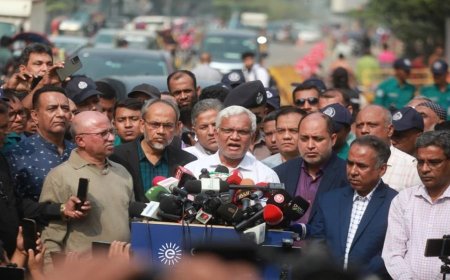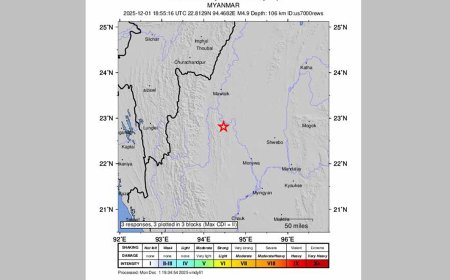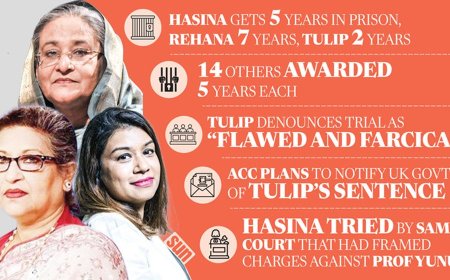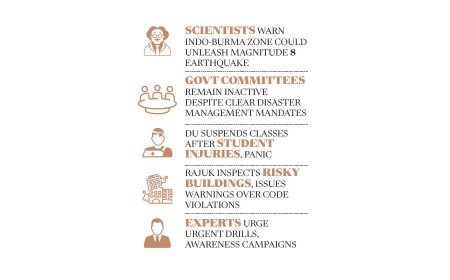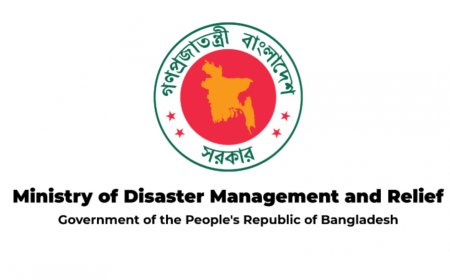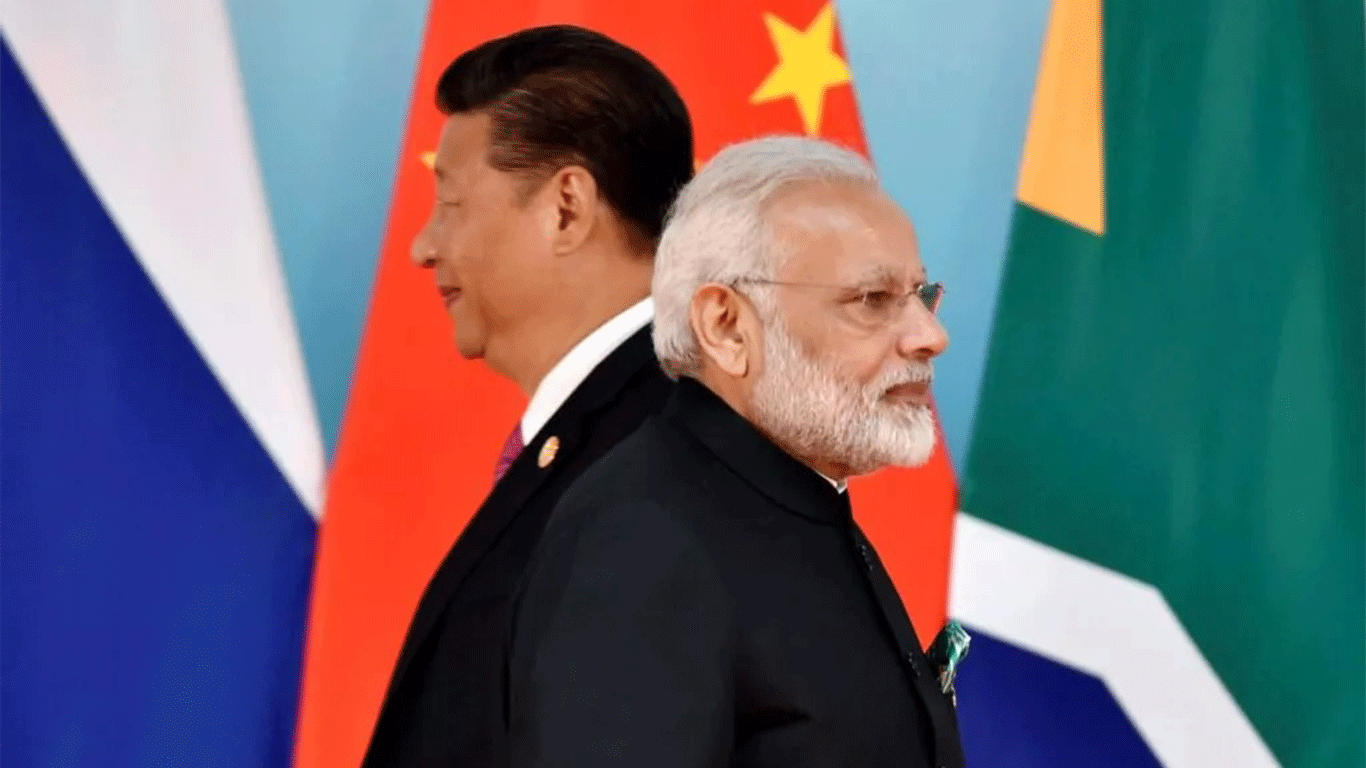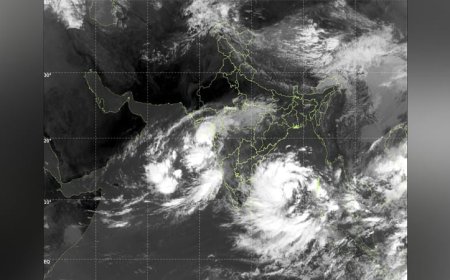Experts See Glimmers of Hope in Economy Despite Slowing Growth Forecasts
Low Tax-GDP Ratio and Troubled Banks with 35% Defaulted Loans Drag Down Growth

Bangladesh’s Economy Shows Tentative Recovery Amid Structural Challenges
Bangladesh's economy is exhibiting early signs of recovery, though GDP growth remains subdued due to historically low tax revenues and a distressed banking sector, where around 35 percent of loans are in default.
Dr. Selim Raihan, Professor of Economics at Dhaka University and Executive Director of SANEM, told UNB that the IMF has revised its GDP growth forecast downward, citing weak revenue performance, persistent inflation, and growing fiscal stress.
“This reflects a decelerating economy marked by sluggish job creation, tepid private investment, and heightened external vulnerabilities. Inflation is likely to remain high, further straining household budgets and diminishing purchasing power,” said Dr. Raihan.
He advised expanding the tax base, reducing subsidies, strengthening public financial management, and enhancing the central bank’s independence. He also stressed the need for inflation control and regulatory reforms to stimulate private investment.
In addition, Dr. Raihan emphasized the importance of export diversification, infrastructure development, and investments in education and healthcare to build long-term economic resilience.
The banking sector remains a major bottleneck, with a high rate of loan defaults limiting credit flow to the private sector—a factor contributing to global lenders’ downgraded growth forecasts. He also noted that the government’s decision to scale back spending on mega projects has further slowed economic momentum.
The IMF has revised Bangladesh’s GDP growth projection for FY 2024–25 to 3.76 percent, slightly below its previous estimate of 3.8 percent in December 2024 and a sharp drop from 4.5 percent forecast in October.
Despite the slowdown, Bangladesh remains Asia’s ninth-largest economy by GDP, now valued at $450.5 billion, according to 2024 data. The Asian Development Bank (ADB) ranks Bangladesh as South Asia’s second-largest economy after India, among 46 countries surveyed.
The IMF’s projected 3.76 percent growth would be the lowest since FY 2019–20, when the COVID-19 pandemic struck. For FY 2025–26, the Fund also lowered its forecast to 6.53 percent, down from 6.7 percent.
Although the IMF did not elaborate on its rationale, Chris Papageorgiou, head of a recent IMF mission to Bangladesh, pointed to “multiple challenges amid elevated global uncertainty,” with year-on-year GDP growth slipping to 3.3 percent in the first half of FY25 from 5.1 percent during the same period the previous year. He cited domestic instability, tighter fiscal and monetary policies, and growing uncertainty as key factors dampening investment.
The ADB’s projections align closely, forecasting 3.9 percent growth in FY 2025 and a modest rebound to 5.1 percent in FY 2026. It flagged domestic demand weakness linked to political transitions, risks from natural disasters, labour unrest, and persistent inflation as key threats.
Inflation remains a pressing concern. The IMF expects it to average around 10 percent in FY 2025, easing to 5.18 percent the following year. The ADB forecasts an even higher rate of 10.2 percent in FY 2025, with a decline to 8 percent in FY 2026.
Despite these headwinds, both the IMF and ADB anticipate a gradual economic rebound in the medium term, though challenges to regaining high-growth momentum remain significant.
Dr. M Masrur Reaz, macroeconomist and Chairman of Policy Exchange Bangladesh, echoed cautious optimism. He told UNB that while the pace is slow, the economy is inching toward recovery. Export earnings and remittance inflows are helping stabilize foreign exchange reserves and revitalize rural areas, lending some macroeconomic stability.
“Severe regulatory failures and large-scale loan scams have delayed the recovery,” he said. “But recent reforms in the banking sector and renewed efforts to restore confidence in financial institutions will be crucial to reviving growth.”
He also cautioned against interpreting the IMF’s projections as a sign of crisis, stressing that the outlook, while challenging, still holds promise for a measured rebound.
What's Your Reaction?







